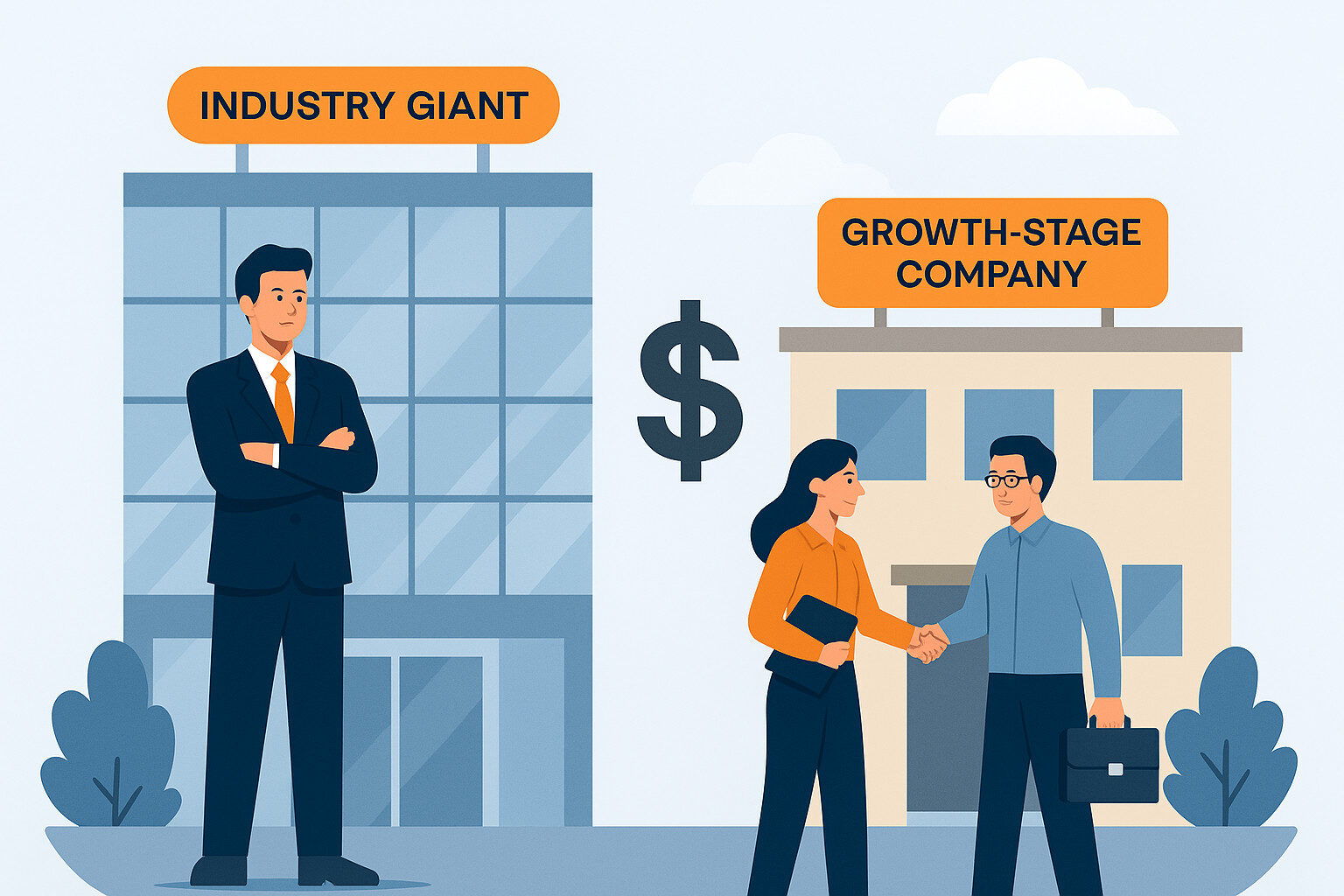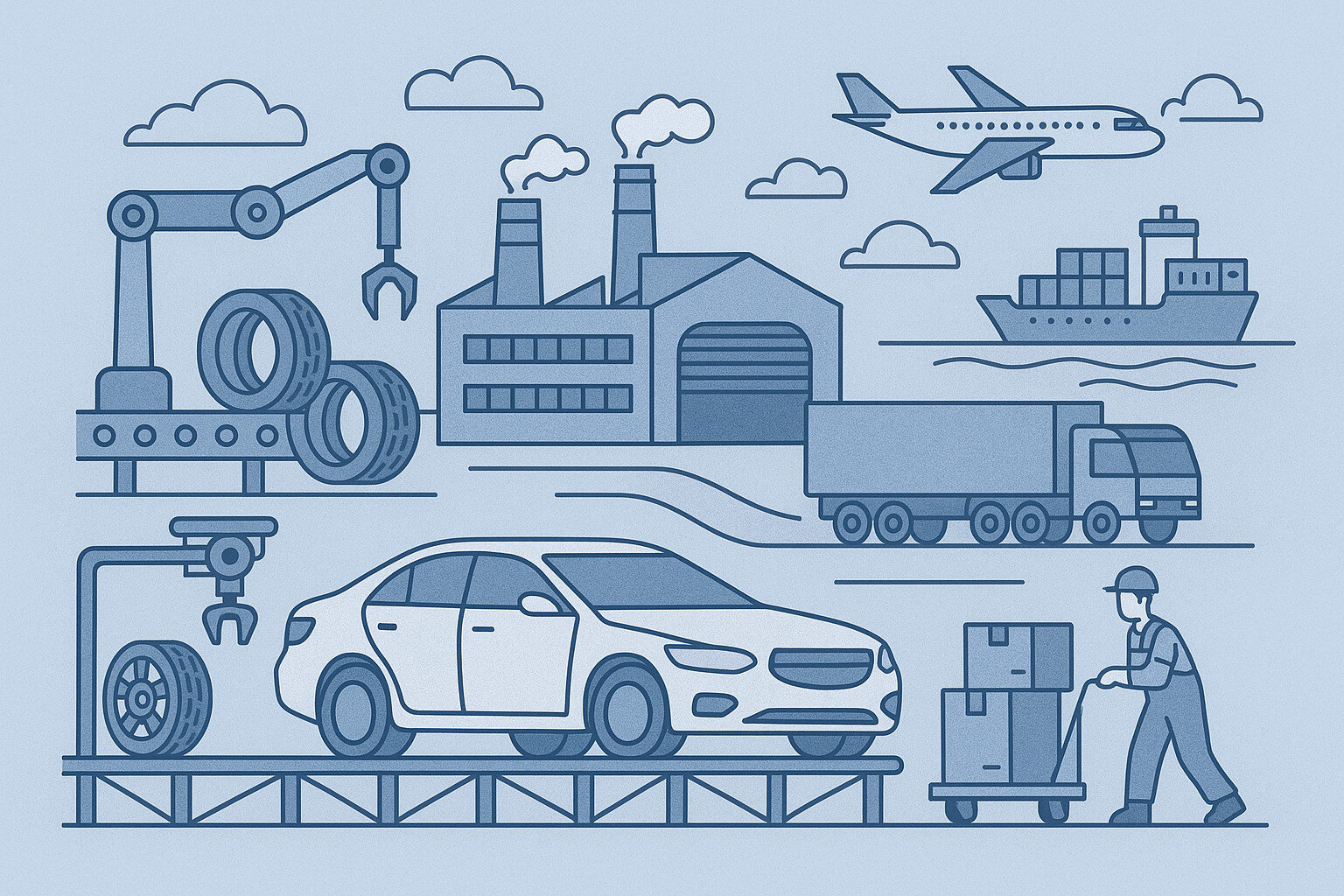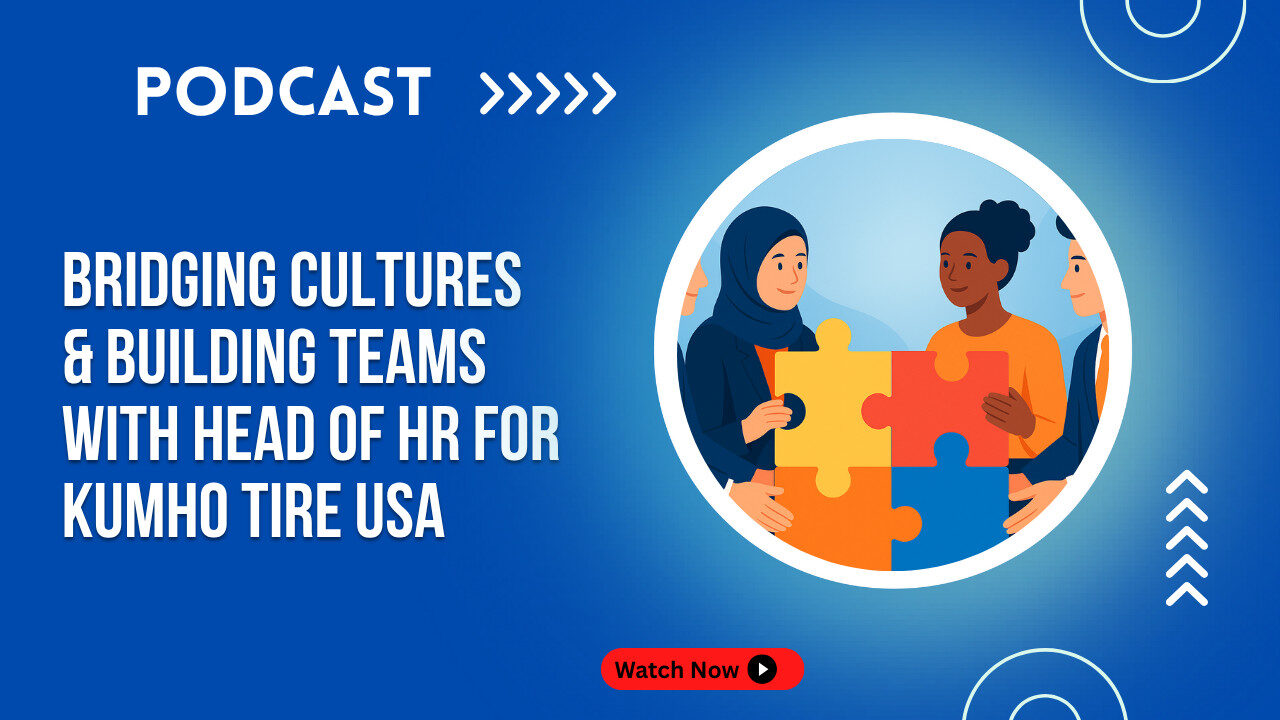For growing businesses, the challenge to attract top talent when competing with industry giants is more intense than ever. In today’s market, where large enterprises offer brand prestige, high salaries, and global opportunities, it’s easy for mid-sized companies and startups to feel outmatched. But the truth is, top performers aren’t just looking for compensation or logos – they’re seeking purpose, impact, autonomy, and culture.
In this guide, we break down exactly how U.S.-based growth companies can successfully attract, engage, and hire top-tier candidates — even when going head-to-head with Fortune 500 firms. We’ll share data, actionable strategies, and examples from Talent Traction clients who have built powerful employer brands without enterprise-scale budgets.
The Realities of Competing for Talent

Large corporations often have:
- Bigger HR budgets
- Formalized internship pipelines
- High compensation packages
- Well-known brand names
- Resources for in-house training
According to a LinkedIn Workforce Report, 70% of job seekers would leave their current job for a higher-paying one — but 92% said company culture is equally or more important than salary.
So while giants may have scale, smaller firms have speed, personality, and the ability to offer meaningful growth paths.
1. Build a Compelling Employer Brand
What Candidates Want (Beyond Pay):
- A clear mission and values
- Strong leadership and vision
- Modern tech/tools
- Flexible work options
- Impactful roles, not just job titles
Action Steps:
- Showcase employee testimonials (especially on LinkedIn)
- Highlight day-in-the-life posts on social media
- Publish thought leadership content (blogs, podcast appearances, founder letters)
- Create a Careers page with culture-driven messaging
Example:
A mid-sized automobile company published a “Why We Work Here” video series featuring real employees from operations, tech, and HR. Candidate engagement rose by 43% in 60 days.
2. Define & Market the “Why You”
Why should a candidate choose you over a Fortune 100?
Consider Messaging Like:
- “You’ll be building, not just maintaining.”
- “Your ideas will reach the CEO’s desk.”
- “We don’t just value culture — we protect it.”
This matters to Millennials and Gen Z, now making up over 50% of the U.S. workforce. They prioritize values, mentorship, balance, and ownership.
3. Move Fast & Respect Their Time
According to Glassdoor, the average time-to-hire for a corporate role is 23.8 days. In fast-growing sectors, top candidates are off the market in 10–14 days.
Your Competitive Advantage:
- Shorten interview cycles (3 rounds max)
- Pre-book debrief times for the hiring team
- Give real-time feedback post-interview
- Send same-day offer letters
Example:
One Talent Traction client reduced time-to-hire from 28 to 9 days, resulting in a 2x increase in offer acceptance rate over 90 days.
4. Sell the Career Path, Not Just the Role
Top talent isn’t just looking for today’s paycheck — they want long-term growth.
How to Do This:
- Share success stories of team members promoted internally
- Provide role scorecards with 30-60-90 day milestones
- Offer access to leadership, industry events, and certifications
Bonus: Add this to job descriptions:
“Where you’ll be in 12 months: Leading a team, launching a new client vertical, or owning a new territory.”
5. Offer Competitive (Not Matching) Compensation
You don’t have to match Google or GM to win great people — but you do need to be:
- Transparent
- Fair relative to market
- Clear about total value (bonus, equity, flex, culture, wellness)
Tip:
Use comp benchmarking tools (Payscale, Levels.fyi, Radford) and adjust quarterly.
Also: be ready to explain trade-offs.
“We may not match the biggest names on salary alone, but we offer stability, team culture, flexible schedules, and a chance to grow into leadership roles
6. Create an Interview Experience That Reflects Your Culture
Great candidates evaluate you as much as you evaluate them. Make the hiring process feel like your culture.
Culture Trait | Interview Format Example |
Collaborative | Panel interview with real team case study |
Fast-paced | 2-day sprint with feedback + offer in 48 hrs |
Thoughtful | Pre-read with async Q&A option |
Example:
A leading rubber company replaced long-form interviews with a 90-minute role play. Candidate satisfaction rose by 72%.
7. Use a Proven, Structured Hiring Framework
At Talent Traction, we help companies attract top talent—even against industry giants—by applying a 5-phase hiring system that drives speed, clarity, and consistency across every hire.
Here’s how it works:

Talent Traction’s 5-Phase Hiring Framework
Phase 1: Target Setting
Define your Ideal Candidate Profile (ICP), align stakeholders, and clarify role expectations.
✔ Job Overview
✔ ICP Generator
✔ Team Alignment
Phase 2: Road Mapping
Build a sourcing and outreach game plan to reach passive and active candidates.
✔ 11-Touch Outreach Strategy
✔ Employee Referral Program
✔ Multi-Channel Job Distribution
Phase 3: Recruiting
Run a structured, bias-aware interview process to assess real skill and team fit.
✔ Structured Interviews
✔ Skill-Will Assessment
✔ Bias Reduction Methods
Phase 4: Decision Making
Select and sell the right candidate with clarity and speed.
✔ Feedback Dashboards
✔ Five F’s Candidate Selling
✔ Offer Management Tools
Phase 5: Post-Hire
Ensure strong onboarding, retention, and feedback loops.
✔ Onboarding Checklists
✔ KPI & Ramp Tracking
✔ 30–60–90 Feedback Cycles
Results:
Clients using this system have reduced time-to-hire by up to 50%, improved candidate satisfaction scores, and increased 90-day retention.
Final Thoughts
You don’t need to be the biggest name in the industry to attract top talent when competing with industry giants. What you need is clarity, speed, authenticity, and the courage to do things differently. Top candidates want growth, ownership, and a mission that matters.
If you’re ready to rethink your hiring strategy, we’re here to help.
Let’s Win the Talent War
Book a free strategy consult with Talent Traction and let’s help you hire people who stay, grow, and perform.




